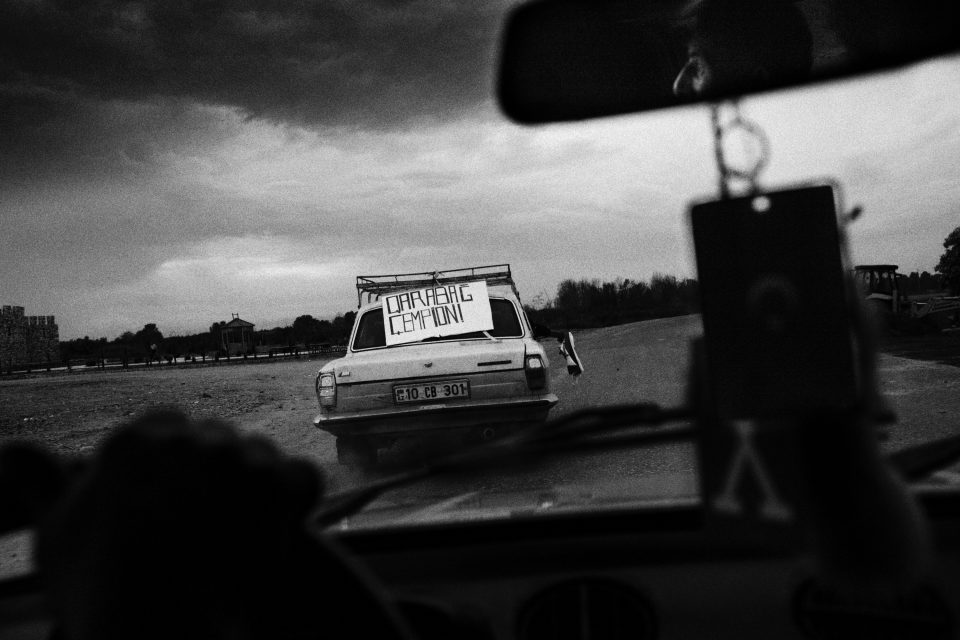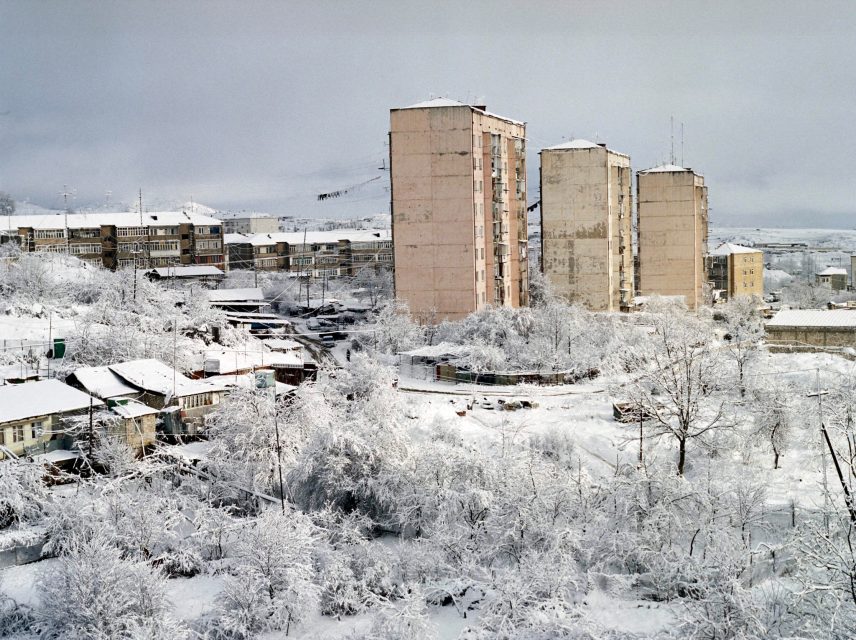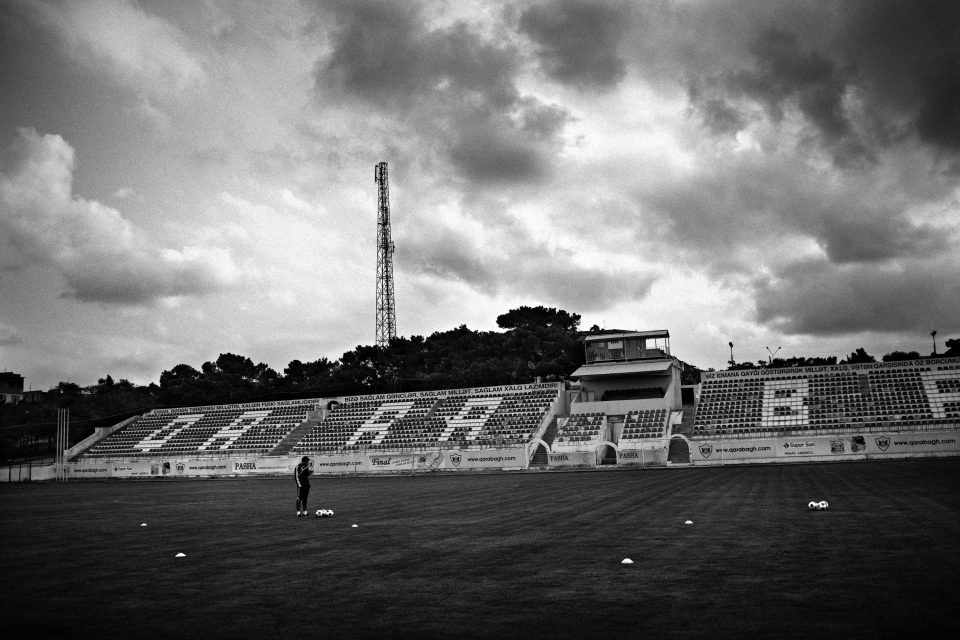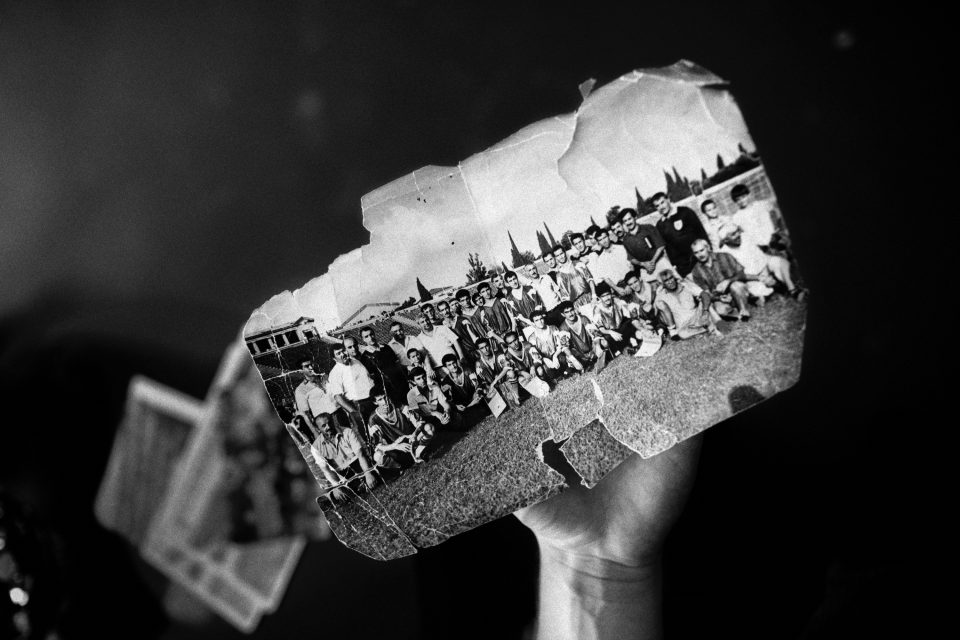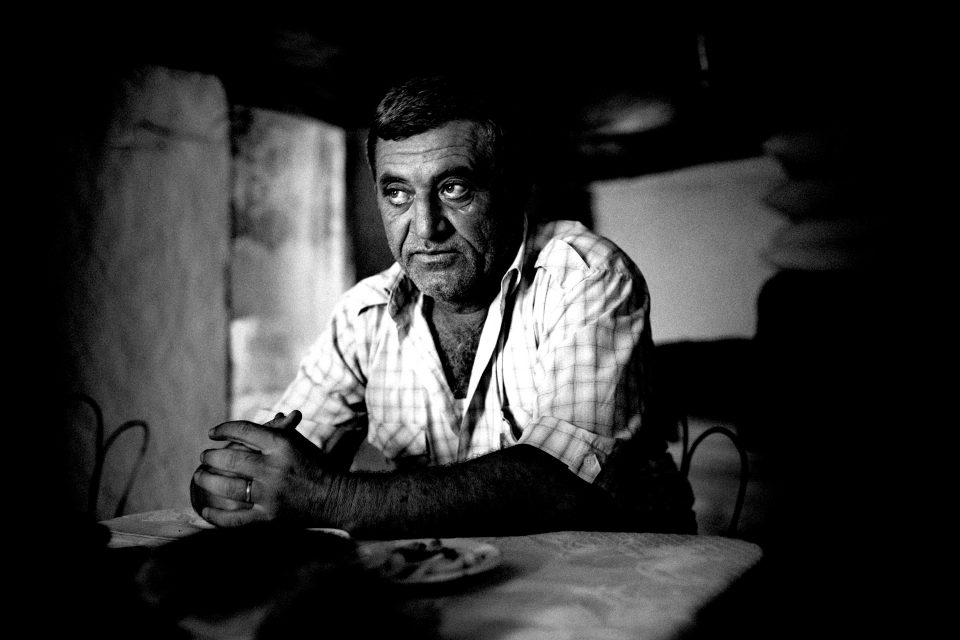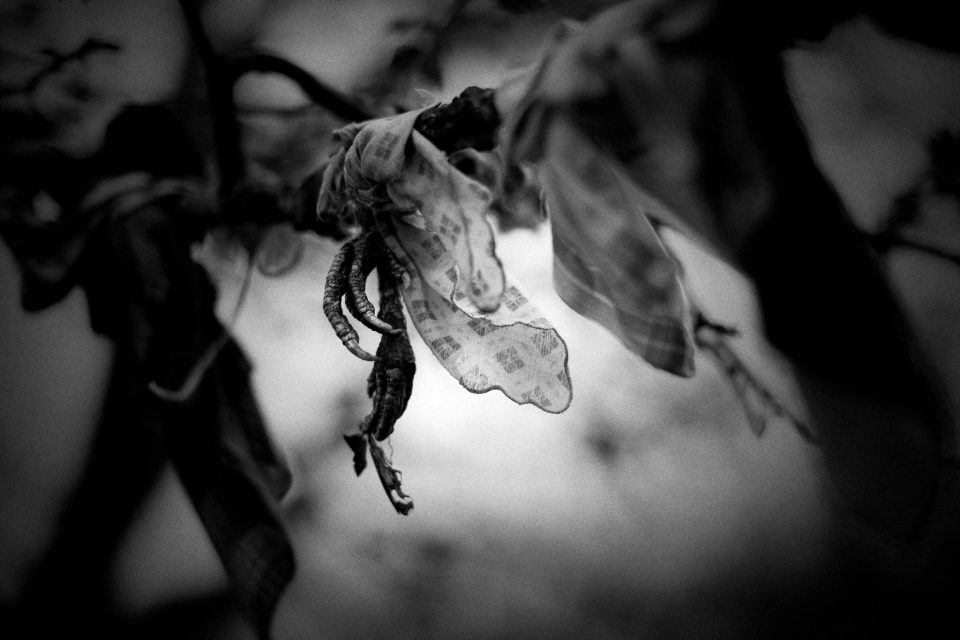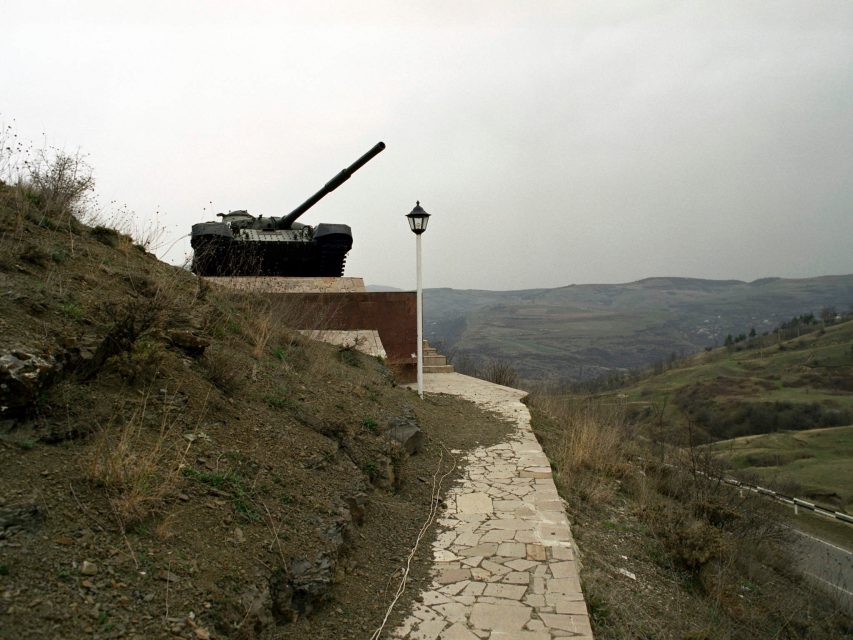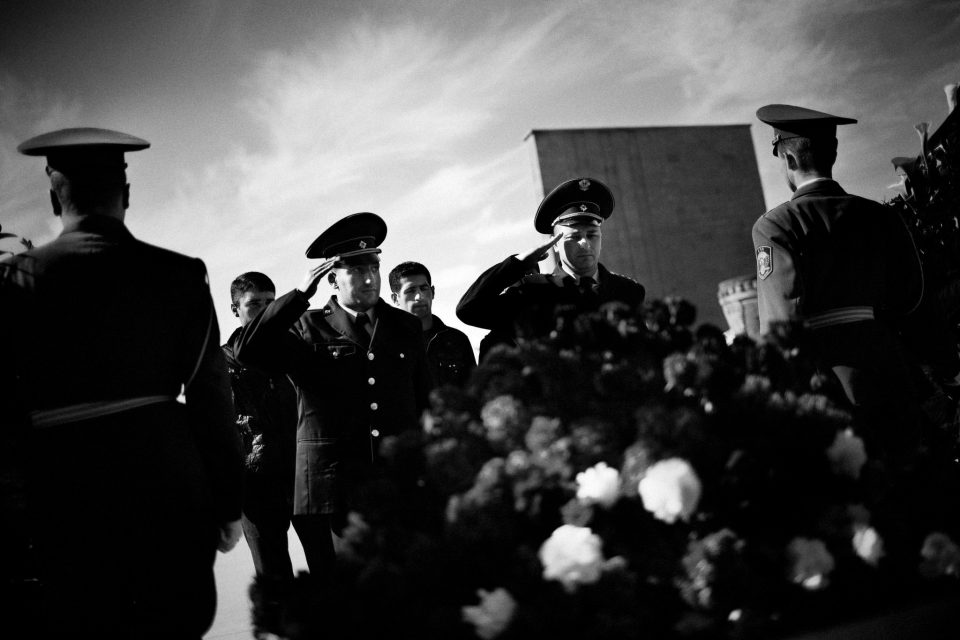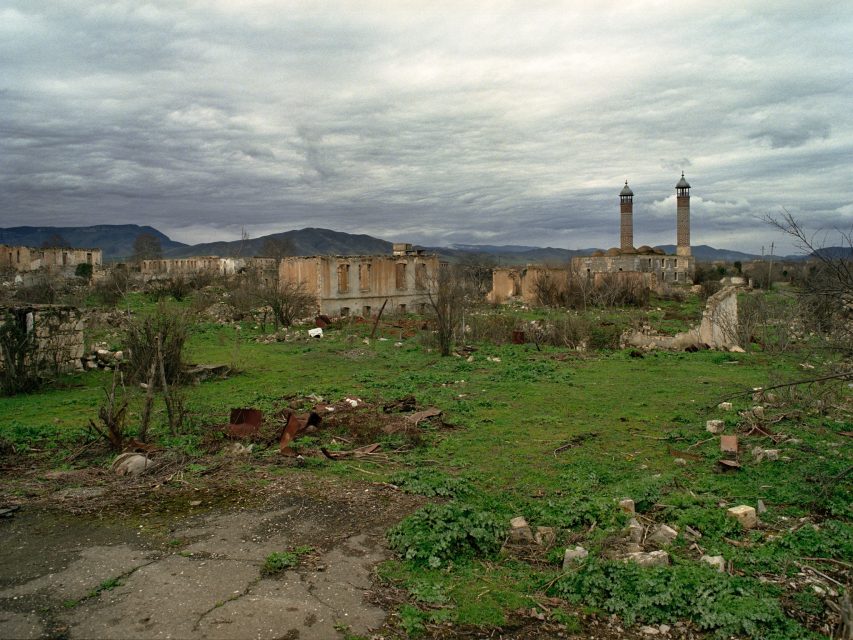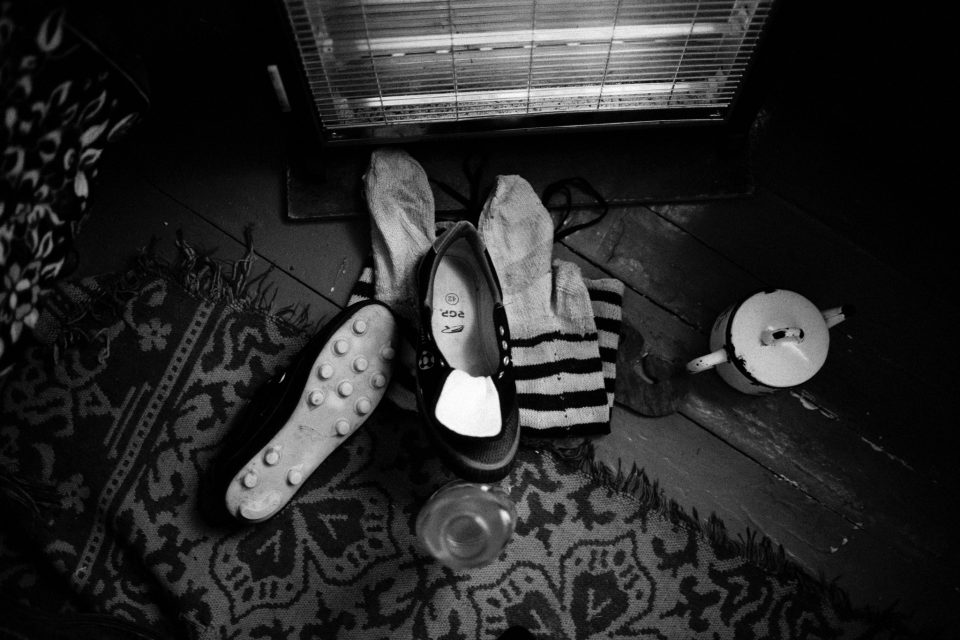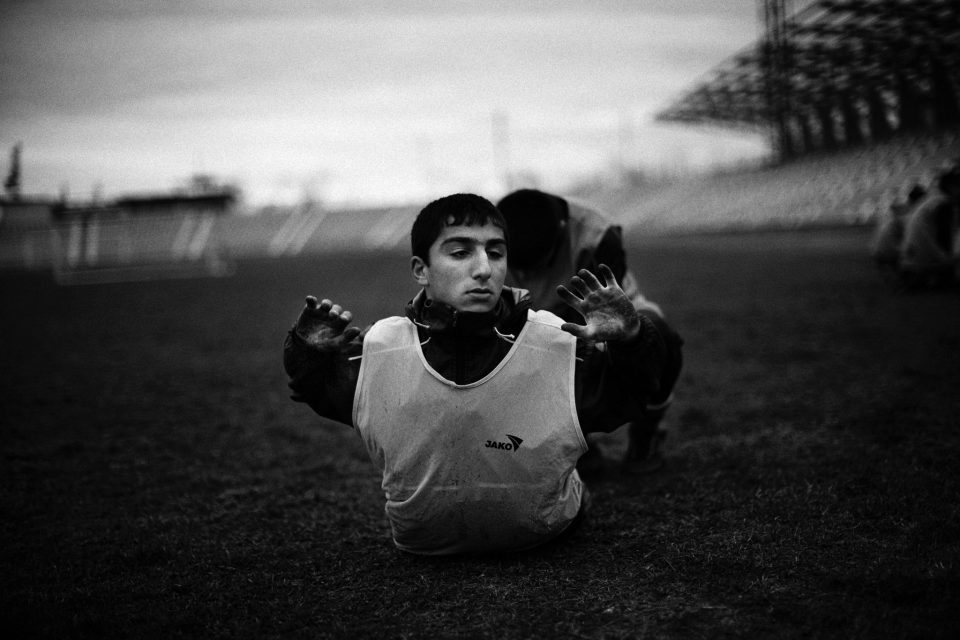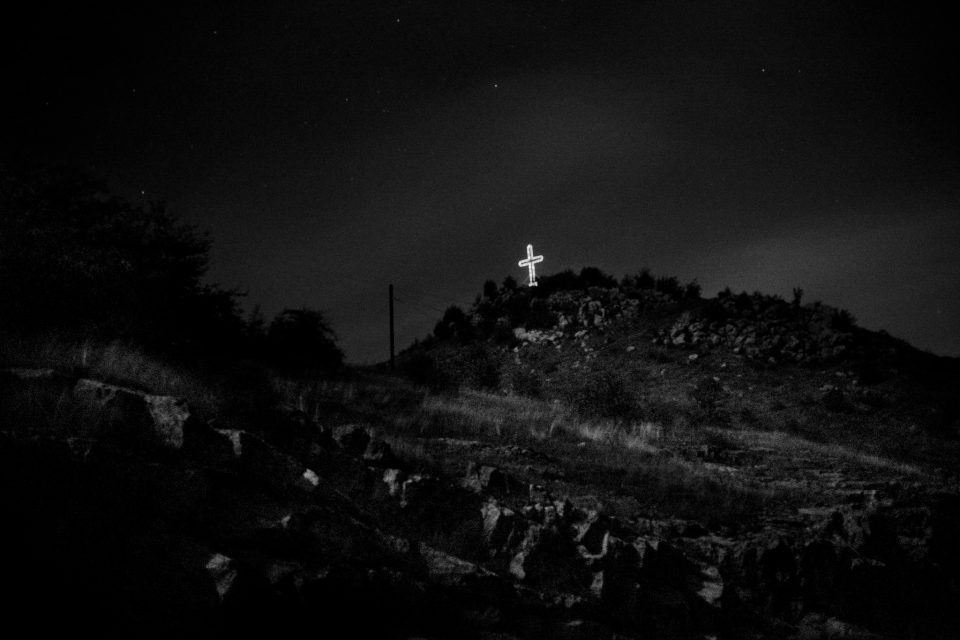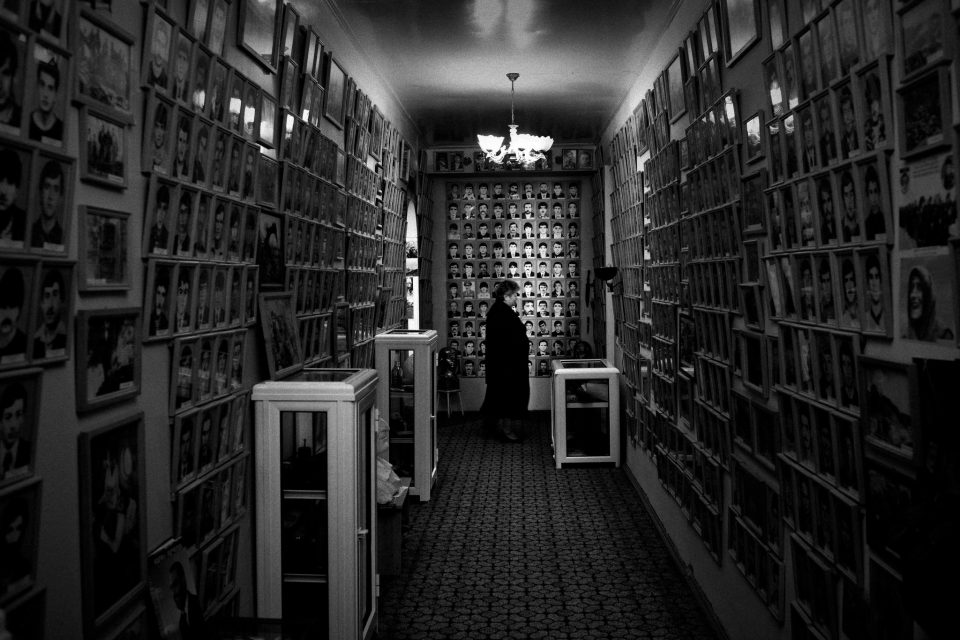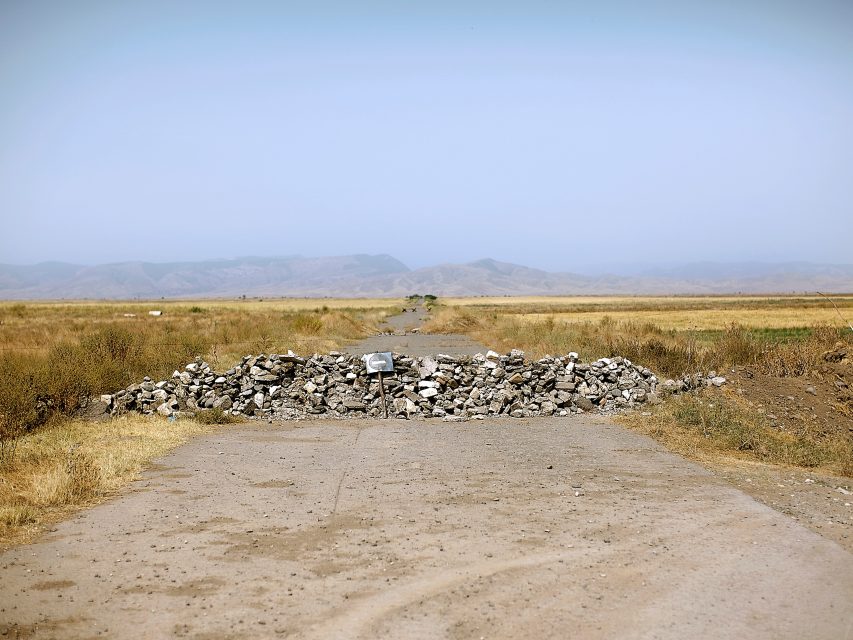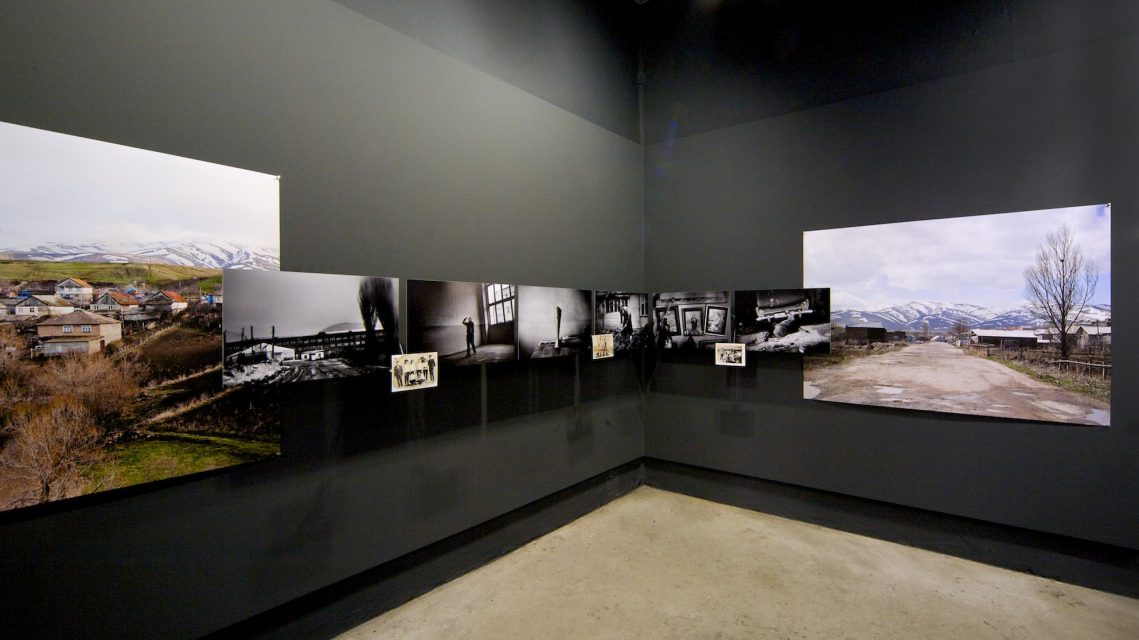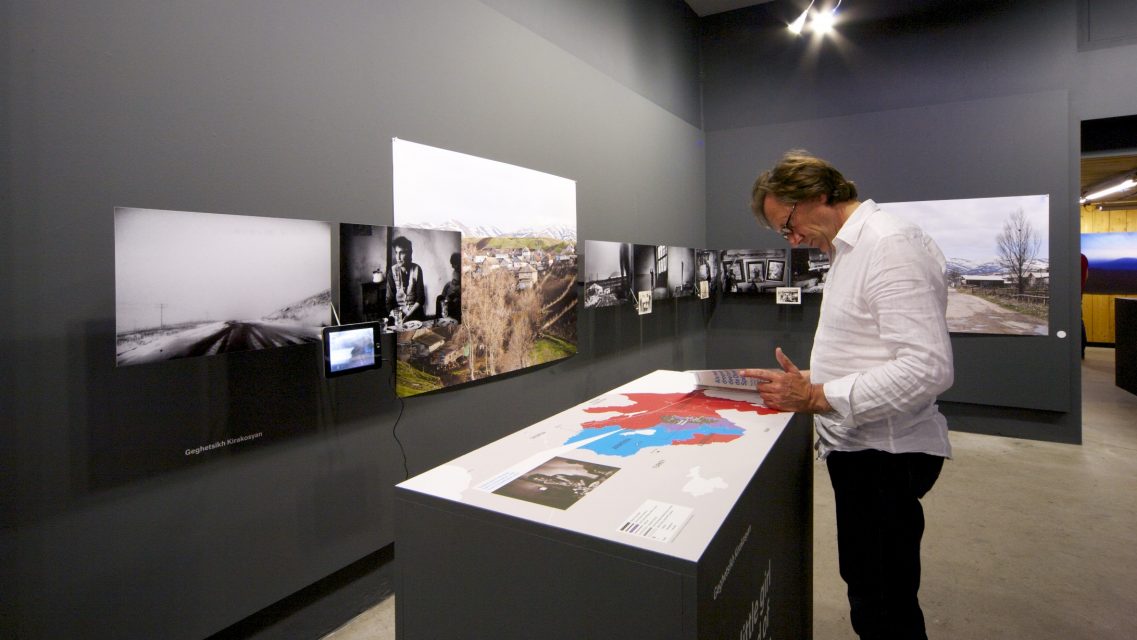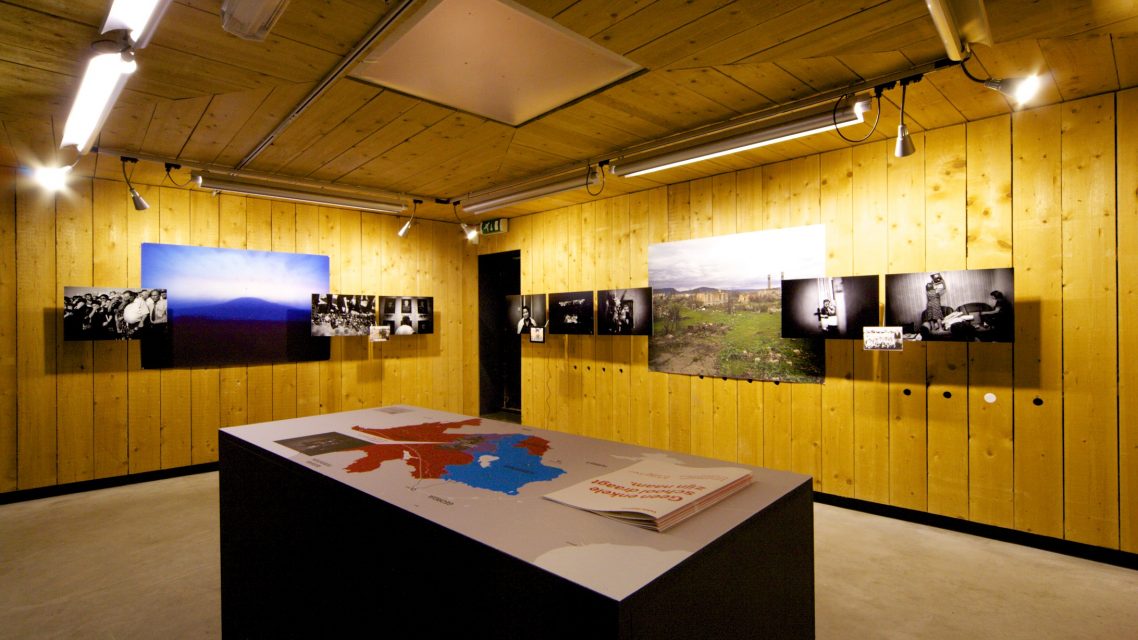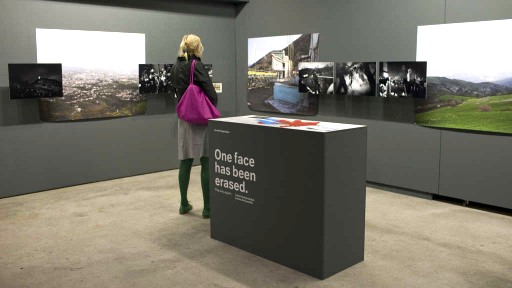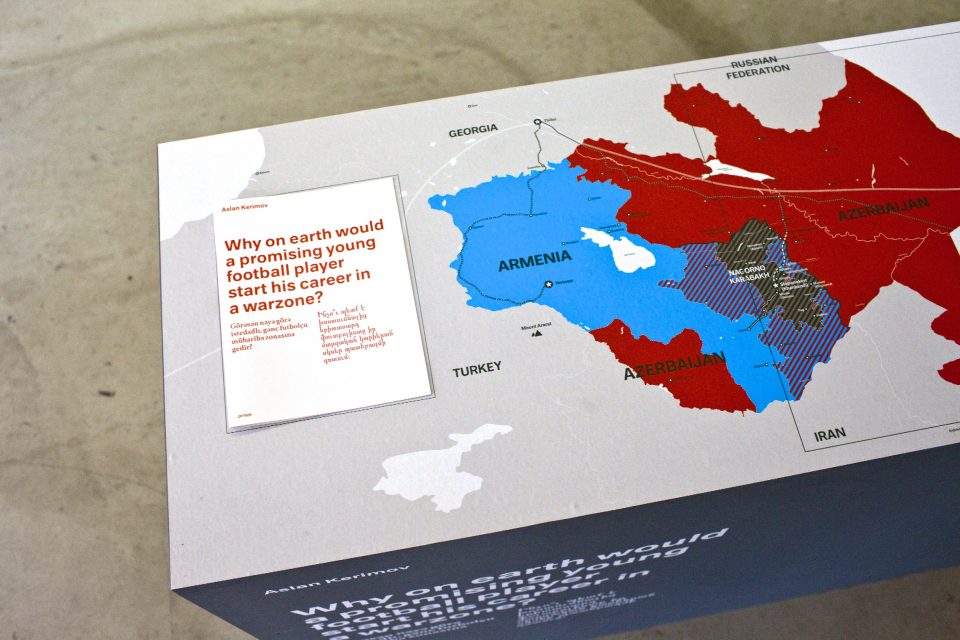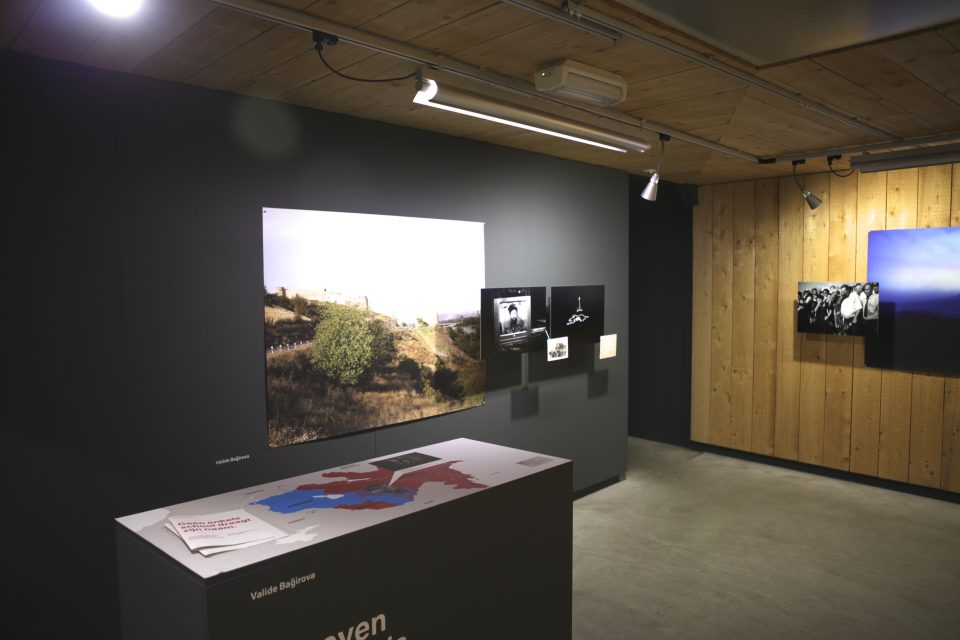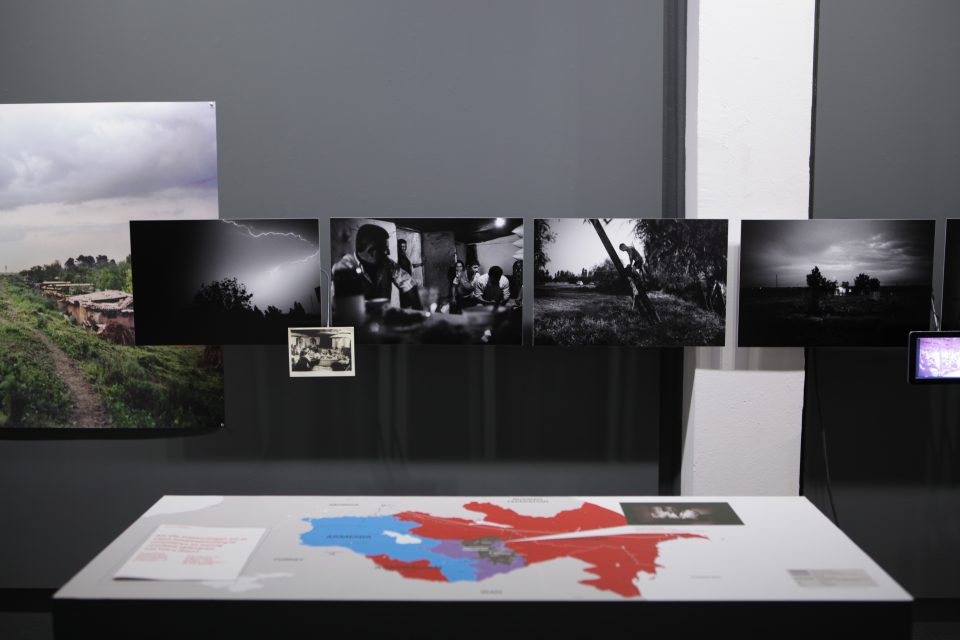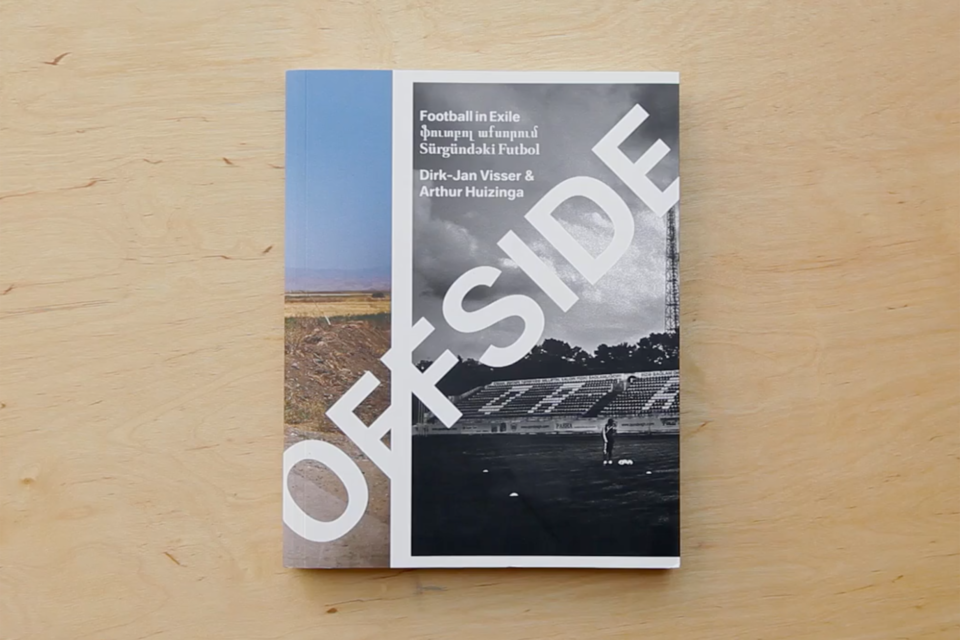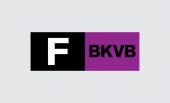The geopolitical conflict in the Nagorno Karabakh region is a forgotten one. Today, the unresolved yet frozen conflict remains a reality for up to hundreds of thousands Azerbaijani and Armenian refugees. In OFFSIDE, photographer Dirk-Jan Visser and writer Arthur Huizinga tell their story from the perspective of two football teams: FK Qarabağ Ağdam and FK Karabakh Stepanakert.
FK Qarabağ Ağdam is an Azerbaijani football club currently based in the capital Baku, yet longing to return to its home ground in Ağdam. During the war with Armenian separatists over Nagorno Karabakh, the Imaret stadium in downtown Ağdam remained packed for home matches. In 1993, Karabakh-Armenian forces occupied and destroyed Ağdam and it has been a ghost town ever since. The club has become the symbol of hope and pride for over half a million Azerbaijani refugees scattered around Azerbaijan. In 2009, the team enjoyed an unprecedented international run until it was eventually knocked out by FC Twente (The Netherlands).
The Armenian football team FK Karabakh Stepanakert from Nagorno Karabakh, meanwhile, is banned from professional football. Due to the lack of international recognition for the breakaway Republic of Nagorno Karabakh, football association FIFA does not recognise teams from the region. As a result, FK Karabakh Stepanakert has been isolated entirely, a catastrophe for the team that was amongst the strongest in the Azerbaijani zone of Soviet Union football.
The South Caucasus is a highly volatile region encompassing three culturally, religiously and linguistically different states. Historically, the region has been subjected to geopolitical power play by the world’s major powers. The ‘armed peace’ in Nagorno Karabakh is the greatest threat to stability in this part of the world and potentially beyond. Sooner rather than later the conflict will be back on the international agenda, as economic interests and disparities in the region have increased tremendously in recent years. While Azerbaijan grows richer with every oil shipment, Armenia sinks further into economic isolation.
Exhibition
The Offside exhitibion consists of photographic prints, archival material, video and text. In 2012, it travelled to the Zoom Photo Festival in Quebec, Canada and the Noorderlicht Photo Gallery in Groningen, The Netherlands.
Book
The human tragedy of the Nagorno Karabakh situation is revealed through the eyes of six people, each one connected to the respective football teams: players and coaches, fighters and refugees, sons and daughters, wives and widows. The story of the Armenian FK Karabakh Stepanakert counterbalances the story of the Azeri FK Qarabağ Ağdam in the book, for sale in the Ydocstore.
BuyEditorial
A short history and timeline of Nagorno Karabakh can be found here: https://issuu.com/xparadox/docs/offside_history
Karabakh is a historical region consisting of Upper Karabakh, Lower Karabakh and parts of the Armenian province of Syunik. The name Nagorno (Russian for ‘Upper’) Karabakh has been used since the region’s incorporation into the Soviet Union. Karabakh is believed to originate from Persian and Turkish and means ‘black garden’. Other sources claim the word has a western Armenian background.The timeline published here, is first of all, an attempt to provide historic references to the personal stories in this book. Many of the events presented here have multiple interpretations.
